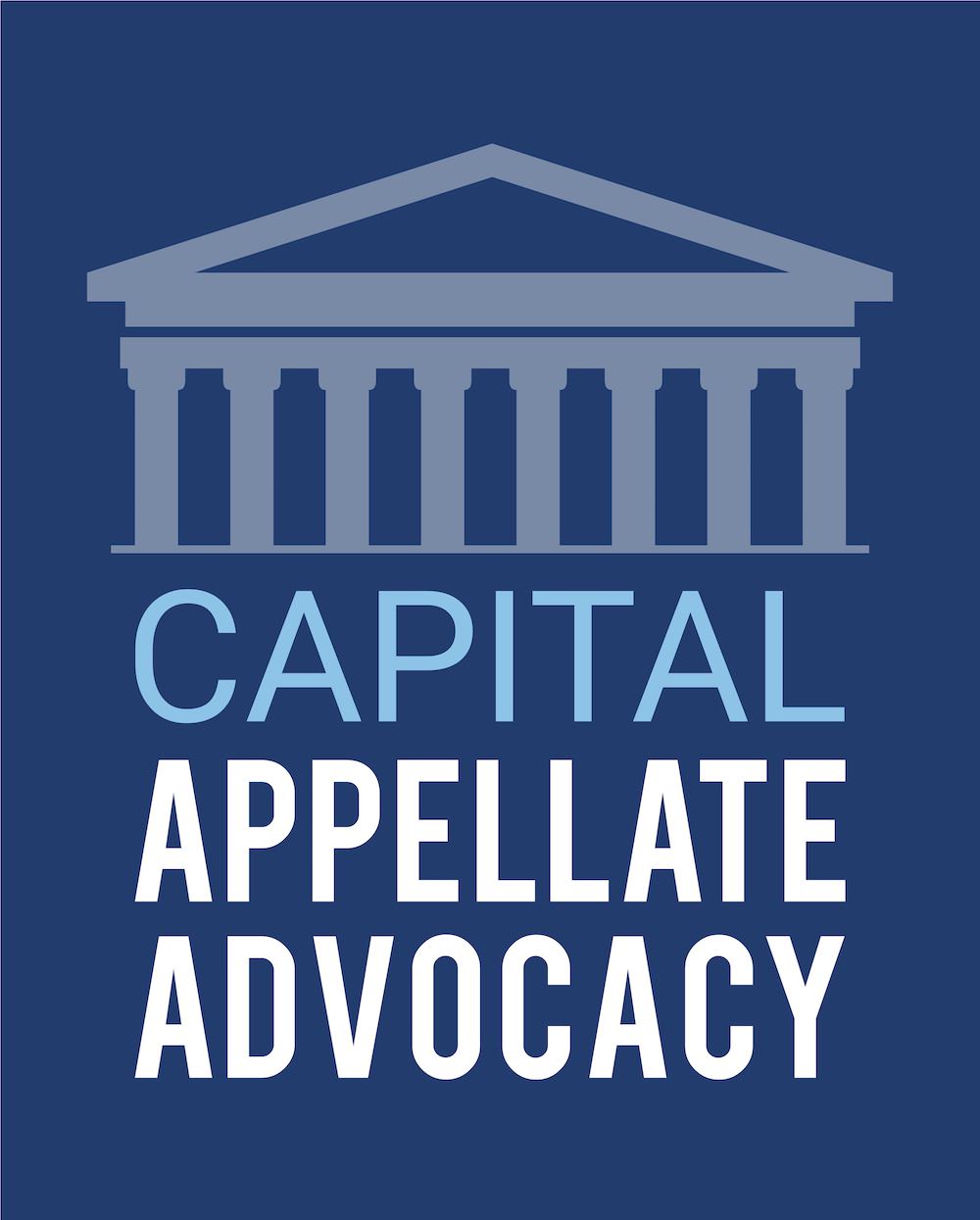DRI-The Voice of the Defense Bar, published this article under the title “Email Do’s & Don’ts for Lawyers” in the April 29, 2020 edition of The Voice newsletter.
Now that most of us are working from home, communicating effectively via email with clients, colleagues, and other attorneys has become more important than ever.
When my former law firm introduced desktop computers—I think that was around 1995—they arrived with something called “Electronic Mail.” I had no idea what that meant. Twenty-five years and tens of thousands of emails later, it’s difficult to imagine a day (or even an hour) without email. Almost all of us can access business email from home. And most of us can check it on the cell phone in our pocket or bag, and for some of us email fans, even on our wrist. For many lawyers, sending or receiving a hard-copy business letter is unusual. In fact, the box of 500 letter-size, pre-printed business envelopes that I purchased when I launched my own firm in September 2016 is still almost full.
Each of us has his or her own email style. But for business emails, particularly in the legal profession, I think there are some widely recognized do’s & don’ts. While there always are exceptions, here is my personal list:
— Be certain that the addressee on your email is correct. Outlook and other email programs that memorize contacts sometimes play nasty tricks.
— Don’t cc yourself. If the “Sent” mail folder is not adequate for your purposes, then include yourself as a bcc.
— Type the subject of your email into the Subject box. While this may seem obvious, it often is overlooked. Identifying the subject helps both the sender and the recipient sort, prioritize, and/or archive emails. And when the subject changes on an email string, start a new email. Set up and use email folders and subfolders for your matters.
— Emails are not letters. Don’t begin them with “Dear Mr. Jones,” or end them with “Sincerely, Sarah Smith.” If that type of formality is required, attach a pdf letter to the email and say something like “Please see the attached letter.”
— On the other hand, business emails are not texts, tweets, or Facebook, Instagram, or other social media messages. So in most instances err on the side of formality. Begin the body of the email with the recipient’s name followed by a dash, for example, John —, or Mr. Jones —. Don’t use “Hi” or “Hey” as in “Hi, John, or “Hey, Mr. Jones.” It’s fine to end an email with your name, for example, Sarah, or Sarah Smith, but follow that with your formal digital signature box. (If your email is a follow-up to an earlier one that you sent in an existing string, then it’s usually okay to refrain from including your digital signature box every time.)
— Use a font & font size that is easily readable, including on mobile devices.
— Save your stylistic creativity for personal emails. For business emails, write in complete, concise, grammatically correct, properly punctuated sentences. And break up lengthy emails into paragraphs. For emails containing lists, consider using bullets.
— Never use one of these in a business email:
— Don’t use profanity, or libelous or insensitive language. It might come back to haunt you!
— Whenever useful, include hyperlinks in the body of an email. This convenience not only demonstrates that you are email savvy, but also may help to induce the recipient to save, rather than delete, your email. For PC users, discover Ctrl+K.
— Always run a spell check before hitting the send button.
— Unless truly necessary, don’t request a “read receipt.” Email recipients are notified when you request a read receipt. If done routinely, read receipt requests can be viewed by the recipient as an annoyance, or even a type of stalking.
— It’s up to you whether you want to be a 24-7 attorney. But don’t schedule an email to be delivered automatically during the middle of the night (your time). No one is going to be impressed (or wants to believe) that you were working on emails at 3:25 am.
— Whenever possible, respond to every legitimate email the same or next day, even briefly with an “I’ll get back to you later.” Or set an automatic out-of-office reply. No one wants to feel ignored.
— When responding to an email sent to a large group of recipients, think about whether you want to “Reply All.” For example, if an email to a large group inquires about each recipient’s personal availability for a conference call, you probably don’t need to hit the Reply All button. And avoid using Reply All for non-substantive responses like “Thanks” or “Sure.”
— Limit use of your business email account to business emails.
— And finally, although email exchanges between lawyers and clients can be covered by the attorney-client privilege even when not marked confidential, if you are sending a particularly sensitive email to a client, mark it in bold letters with something like Attorney-Client Privileged Communication. This will make the sensitive email easier for the client to identify and segregate in the event that it is subject to a discovery request.
